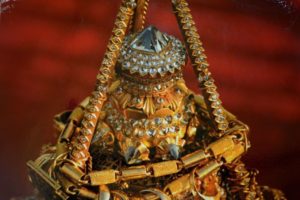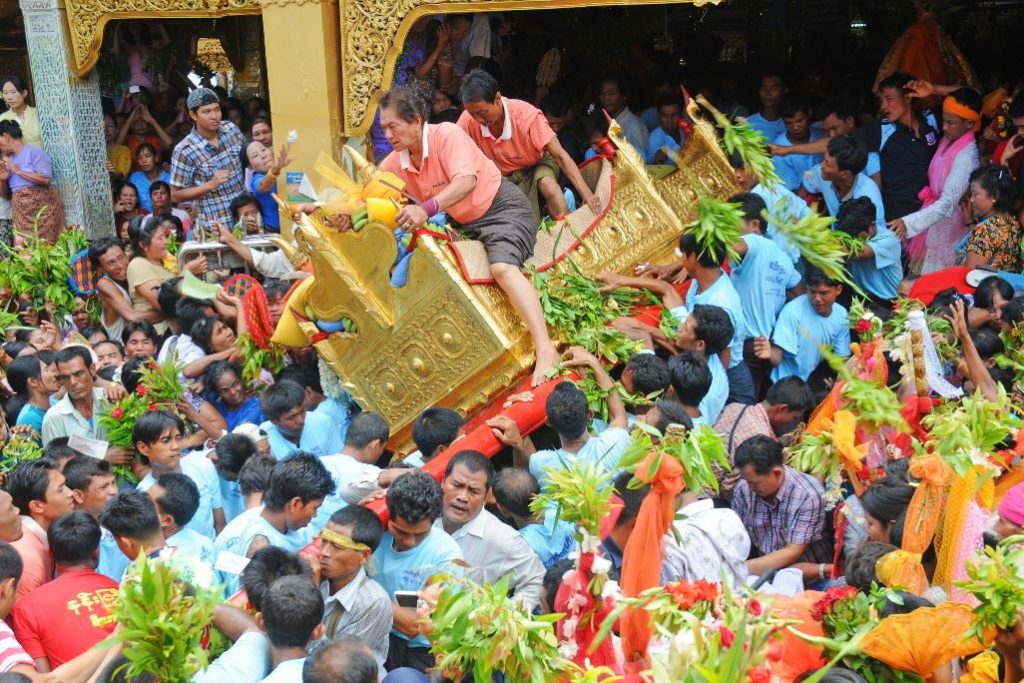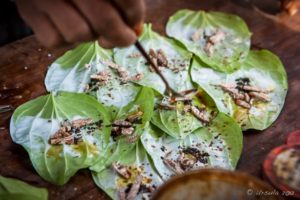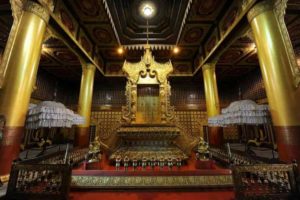
Diamond Orb
According to researchers Sanchi Stups of Bharat, that is India, are the prototypes of modern-day pagoda. Myanmar prototypes Baw Baw Gyi and
Feature tours are the best thoughts for your travel experience in Myanmar. The tours extend the sustainability of local destinations throughout the journey.
Our Small Private Group tours are designed for safety measure and escape
the crowd to see the highlights of Myanmar with enough downtime to relax,
reflect, and soak up the atmosphere.
Multi-day tours are organized into the depths of Myanmar and to see captivating nature, culture, local experiences, and traditions of the people.
ONE DAY TOURS are conducted by the tour guide to explore more about culture, history, community, and local lives for a full-day excursion in Mandalay and around privately.

Tourist as a group are a curious lot. Their curiosity leads them to faraway places. They hope to find wonderland with strange tales-the tales they can reminisce, once they are back home. They always prefer weird to, run of the mill experience. In the process they spend hard currency in the host country. Because of that, many countries and regions publicize their religious, tribal, and cultural festivals in tourist publications.
Myanmar is a predominantly Buddhist country. But she is a secular republic. People are free to choose their own religion. All major religions are practiced without any hindrance. There are many spirit festivals on small scale. But there is one which could be called a national with participants nationwide. It is called Taung-byone (rhymes with roundbone). The name itself epitomizes the village.
Taung-byone is a small village about half an hour’s drive to the north of Mandalay. It has a railway station to its name. The road from Mandalay to the famous rubyland town of Mogok passes by it. Nominally the festival is celebrated in the name of pagoda. That pagoda was left incomplete with just two bricks missing.
According to the legend the pagoda was built with a collective effort. Each citizen was asked to carry one brick and share the merit. But two young men, the king’s subjects, forgot to do their share. Their detractors took advantage of their dereliction of duty and reported to the king. That brought the nemesis upon them. According to the practice of those days they were given capital punishment. After death they became spirits respected by many people.
The festival officially starts on 8th waxing day of Wa-gaung moon. Wa-gaung the fifth month of Myanmar year roughly corresponds to August on international calendar. Sleepy small village of Taung-byone becomes the centre of feverish activity about a month before the actual starts of the festivals. Preparation of festival grounds includes hundreds of stalls, some for sales of spirit related items, other for sale of items in local demand. There are stalls for mediums, their attendants and their paraphernalia. A theatre is also built. All the construction is done with bamboo, thatch and cane.
A few days before the start mediums from four corners of the country arrive with big but not very heavy wooden boxes. They contain wooden statuettes of spirits dressed in bright and dazzling colour garments adorned with sequins. These statuettes are placed on dais.
During the festivals which lasts for eight days until the fullmoon of Wa-gaung. People from all parts of the country visit the festivals. Most of the visitors are, of course, fun seekers. Spirit devotees are few and far between. In fact it is a festivals where one can see people of all nationalities in Myanmar with a sprinkling of foreigners rubbing shoulders with natives.
Medium and their attendant are ready for adherents. People with problem enter the stall and tell their problem to the mediums. In local parlence they are called nut-ga-daws meaning Mrs Nut or Mrs spirit. In fact they hold a ceremonial marriage ceremony, to be qualified as nut-ga-daw.
Depending on the seriousness of problem medium may go into séance and order some sort of offering such as a turban baung-daw or feast pwe-daw to the spirit(s) for propitiation of spirits. During the séance medium’s features, posture, voice change perceptibly. Sometimes spirit (through the medium, of course) become angry and releases a torrent of harsh worlds remonstrating the poor soul of the believer. For the believers it is blood curdling, though it may seem mirthful to the curious bystander.
Spirits, their origin, their legend, their taste may fill a 500 page tome. Some like alcohol, some like meat. Thirty-seven spirits are nationally recognized by the populace. But Taung-byone is a festival visited by believers and non-believers alik.
Sourced: Myanmar Culture Traditions and Scenery, Traditional Festivals
by U Than Pe, Tour guide

According to researchers Sanchi Stups of Bharat, that is India, are the prototypes of modern-day pagoda. Myanmar prototypes Baw Baw Gyi and

According to researchers betel chewing habit came from majjima desa, that is present Indian subcontinent, along with Buddhism. The habit was certainly

Throne is symbol of royalty. It also embodies sovereignty. It is the seat of power. It passes from sovereign to sovereign. As